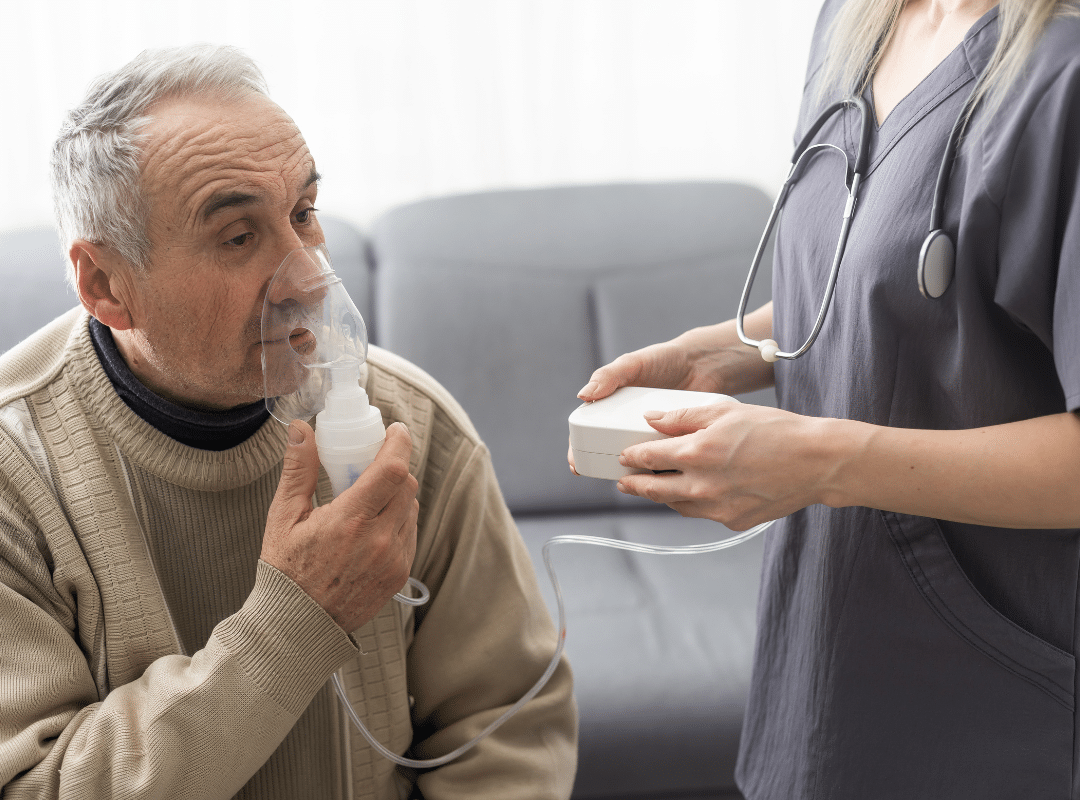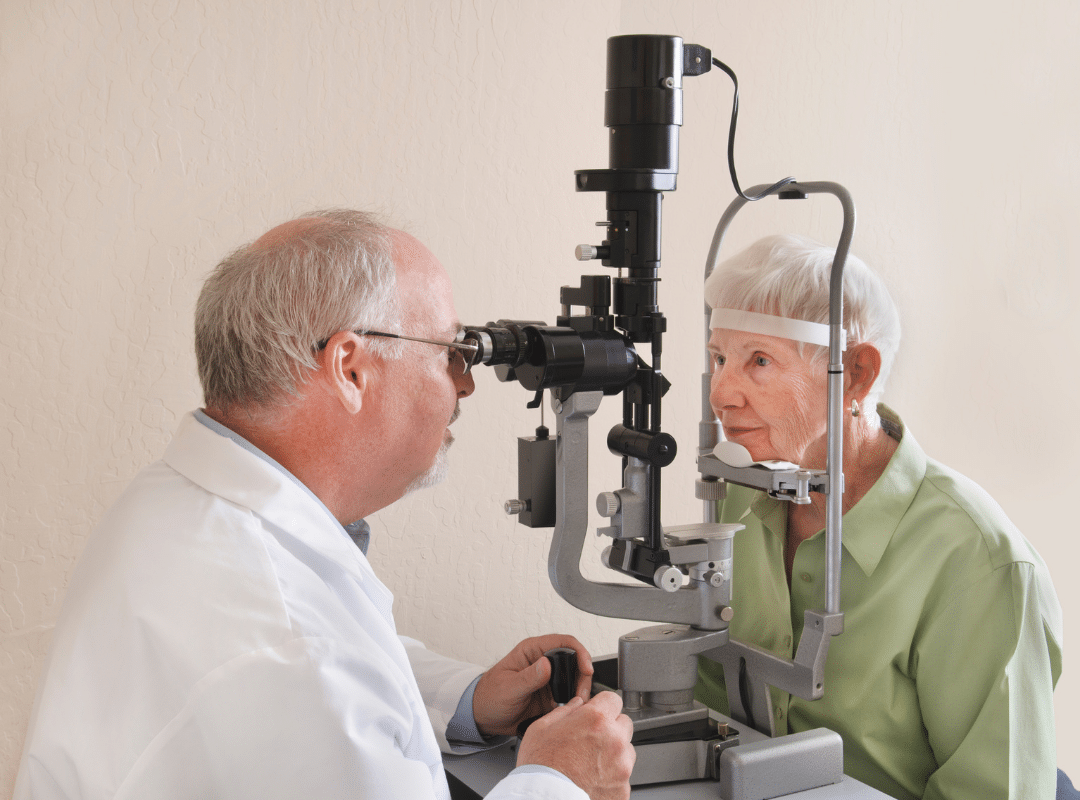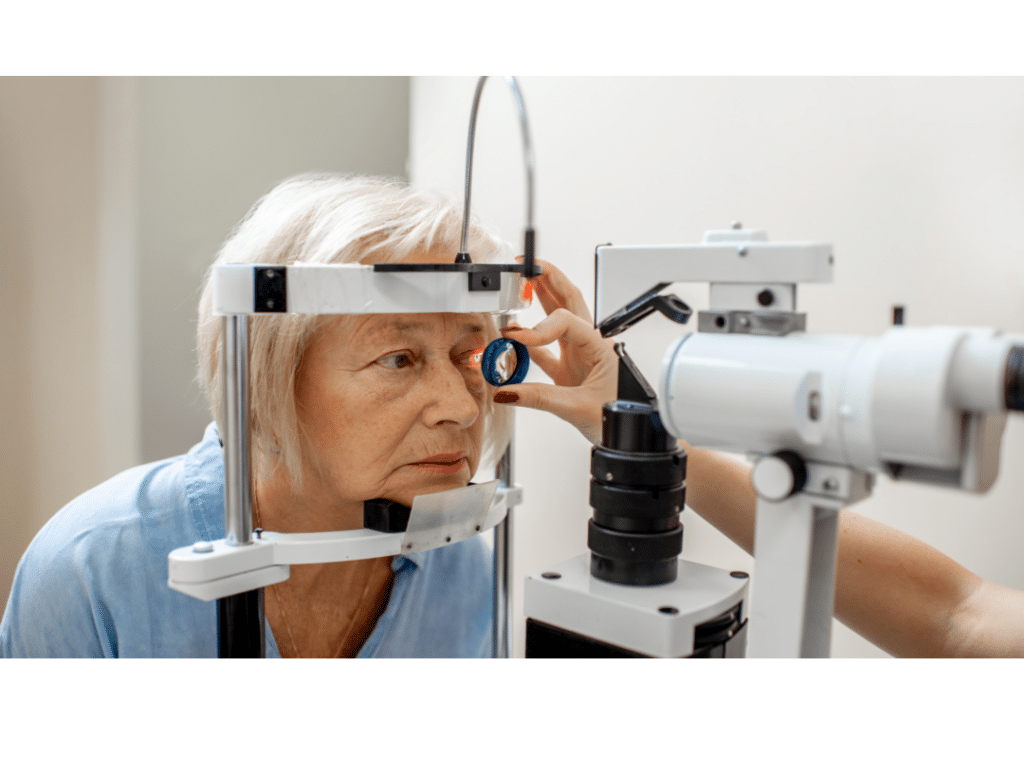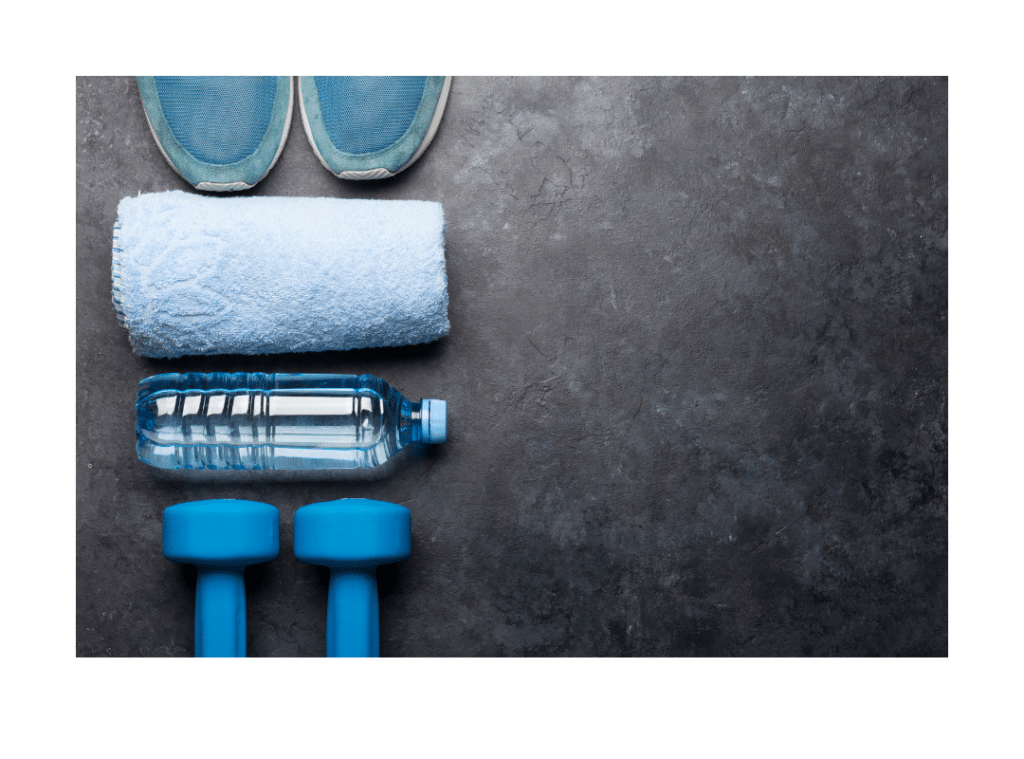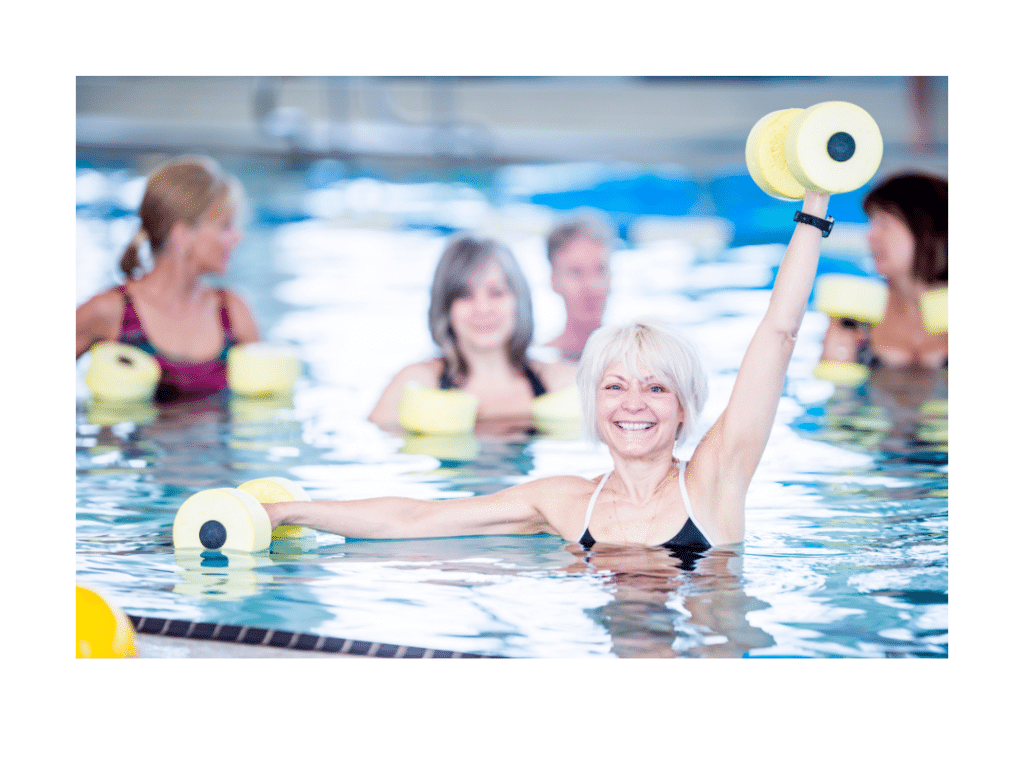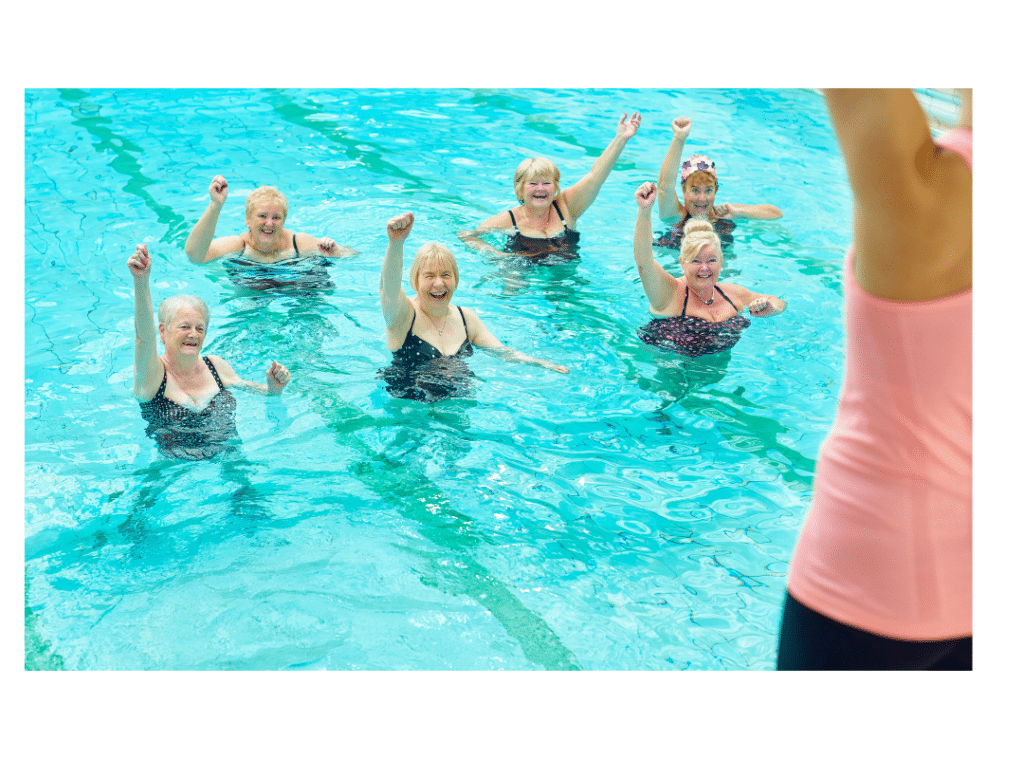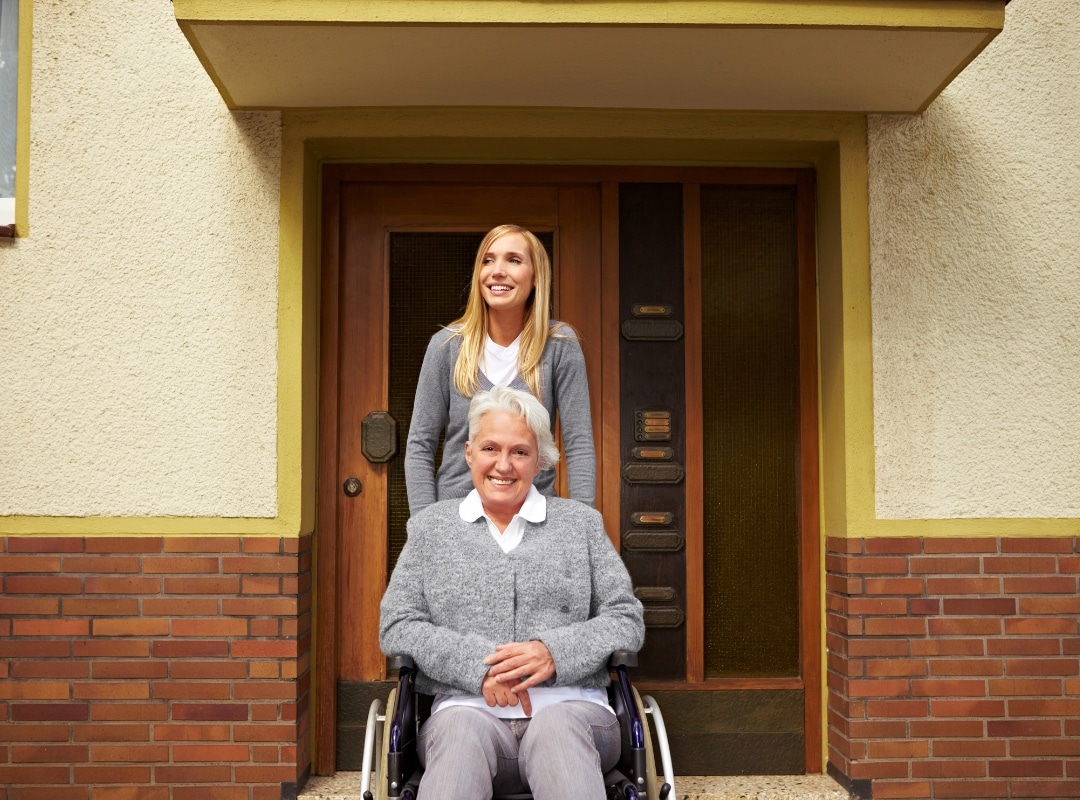Practice various meditation techniques to ease anxiety and improve sleep with Westmont of Brentwood. Start with mindful breathing, focusing on your breath to reduce stress.
Try a body scan, systematically relaxing different body parts to enhance awareness and relaxation. Embrace loving-kindness meditation to boost compassion and emotional resilience. Experiment with progressive muscle relaxation to release tension and aid sleep.
Visualize calming scenes or practice yoga nidra for deep relaxation. These techniques can help you find peace. Use mantra meditation for a peaceful mind. Explore grounding meditation and better sleep, offering a holistic approach to mental well-being.
Key Takeaways
- Mindful breathing reduces anxiety and improves sleep quality.
- Body scan enhances relaxation and reduces anxiety symptoms.
- Loving-kindness meditation cultivates compassion and emotional resilience.
- Progressive muscle relaxation alleviates anxiety and improves sleep.
- Visualization techniques reduce anxiety, promote relaxation, and support well-being.
Mindful Breathing
To begin practicing mindful breathing, focus on the sensation of your breath entering and leaving your body. Breath awareness is a fundamental aspect of meditation that can bring numerous benefits for your overall well-being. Research has shown that incorporating mindful breathing into your daily routine can help reduce stress and anxiety and improve sleep quality.
By honing in on your breath, you cultivate a sense of present-moment awareness, allowing you to let go of distracting thoughts and worries. This practice can lead to a calmer mind, increased focus, and greater inner peace.
Studies have indicated that regular mindful breathing can also positively impact physical health by lowering blood pressure, reducing inflammation, and enhancing immune function.
Incorporating breath awareness into your daily meditation practice can be a powerful tool for promoting emotional resilience and mental clarity. The simple act of tuning into your breath can profoundly affect your overall mental and physical well-being, making it a valuable technique for managing anxiety and improving sleep quality.
Body Scan
As you progress in your meditation practice, the Body Scan is another effective technique to explore. It involves systematically focusing your attention on different body parts, enhancing body awareness, and promoting the relaxation response. Research suggests that practicing the Body Scan can help reduce anxiety and improve sleep quality.
You develop a heightened sense of body awareness by directing your attention to each part of your body. This increased awareness allows you to identify areas of tension or discomfort, enabling you to release physical and mental stress.
As you move through the Body Scan, intentionally relaxing each body part, you trigger the relaxation response. This response activates the parasympathetic nervous system, leading to calmness and relaxation.
Incorporating the Body Scan into your meditation routine can be valuable for managing anxiety and improving sleep. By cultivating body awareness and eliciting the relaxation response, you can experience reduced stress and enhanced well-being.
Loving-Kindness Meditation
Loving-kindness meditation involves cultivating compassion for yourself and extending that kindness outward to others. Research suggests that practicing this form of meditation can increase positive emotions, reduce symptoms of anxiety, and improve overall well-being. Focusing on love and kindness can enhance your emotional resilience and create a more compassionate mindset toward yourself and those around you.
Compassion for Self
Practicing self-compassion through meditation is a powerful technique for managing anxiety and improving sleep quality. Self-compassion practices like Loving-Kindness Meditation can foster inner peace and self-acceptance. Research suggests that individuals who cultivate self-compassion experience reduced anxiety levels and greater emotional resilience. Incorporating self-care techniques into your meditation routine can enhance your overall well-being and sleep patterns.
Self-compassion involves treating yourself with the kindness you’d offer to a close friend facing challenges. It involves acknowledging your suffering without judgment and responding with warmth and understanding. Studies have highlighted the positive impact of self-compassion on mental health, including decreased stress levels and improved emotional regulation.
Incorporating self-compassion practices into your meditation can help you build a more compassionate relationship with yourself, leading to increased feelings of inner peace and self-acceptance. By prioritizing self-care and self-compassion, you can better manage anxiety and promote restful sleep.
Sending Love Outward
Utilizing Loving-Kindness Meditation, a technique rooted in cultivating positive emotions towards oneself and others, has been linked to significant benefits for mental well-being and emotional resilience. This practice involves sending love, compassion, and goodwill to those close to you and to all beings, fostering a sense of interconnectedness and empathy.
Incorporating Loving-Kindness Meditation into your self-care practices may cause a profound shift in your mental state and outlook on life.
- Positive affirmations can help rewire your brain for kindness and compassion towards yourself and others.
- Sending love outward through this meditation can reduce isolation and increase feelings of belonging.
- Practicing Loving-Kindness Meditation regularly can boost your emotional resilience, helping you navigate challenging situations with grace and compassion.
- Cultivating a loving-kind mindset can lead to improved relationships with others and a greater sense of inner peace.
Progressive Muscle Relaxation
To effectively engage in Progressive Muscle Relaxation (PMR), it’s important to understand the core premise behind this technique. PMR involves systematically tensing and then relaxing different muscle groups in the body. By intentionally creating tension in specific muscles and then releasing it, individuals can become more aware of the sensation of relaxation. This practice helps reduce muscle tension, promote relaxation, and alleviate anxiety.
Research shows that PMR is effective in reducing stress and anxiety levels. By focusing on each muscle group, individuals can learn to differentiate between tension and relaxation, enhancing their ability to release stress. Studies have indicated that regular practice of PMR cannot only improve sleep quality but also decrease symptoms of anxiety disorders.
Incorporating PMR into your daily routine can provide a simple yet powerful way to unwind and manage anxiety. By dedicating a few minutes each day to this practice, you can experience the benefits of muscle relaxation, stress relief, and increased calmness.
Visualization Techniques
Visualizing calming imagery, such as a peaceful beach or a serene forest, can help reduce anxiety and promote relaxation. Incorporating these antioxidant-rich foods in your diet can further support overall well-being.
Additionally, picturing sleep-inducing scenes, like a cozy bedroom or a tranquil lake, can help prepare your mind and body for restful sleep. Research suggests that incorporating visualization techniques into your meditation practice can have significant benefits for managing anxiety and improving sleep quality.
Calming Imagery Visualization
Through the power of mental imagery, individuals can tap into a potent tool for soothing anxiety and promoting restful sleep. Calming Imagery Visualization involves picturing serene scenes that can help relax your mind and body. When practicing this technique, consider imagining a tranquil nature retreat or a peaceful ocean sunset to create a sense of calm and tranquility. Here are some tips to enhance your Calming Imagery Visualization experience:
- Engage Multiple Senses: Bring the scene to life by incorporating sounds, smells, and tactile sensations to make the visualization more vivid and immersive.
- Focus on Details: Pay attention to small details in your visualization, like the sky’s color or the sand’s texture, to deepen your sense of presence in the scene.
- Practice Regularly: Set aside time each day to practice Calming Imagery Visualization to strengthen your ability to evoke relaxation through mental imagery.
- Adapt to Your Preferences: Customize your visualization to include elements that resonate with you, ensuring a more personalized and effective experience.
Sleep Inducing Scenes
As you explore techniques to enhance your sleep quality, visualizing sleep-inducing scenes can be a valuable tool to promote relaxation and improve your bedtime routine. Incorporating nature landscapes and the soothing sounds of ocean waves can be particularly effective when creating these mental landscapes.
Picture yourself in a serene forest surrounded by tall trees and the gentle rustling of leaves in the wind. The calming greenery and fresh air can evoke a sense of peace and tranquility, easing your mind and preparing you for restful sleep.
Alternatively, imagine yourself on a beautiful beach, listening to the rhythmic crashing of ocean waves against the shore. The vast expanse of water and the salty breeze can help wash away the day’s stresses, allowing you to unwind and drift off into a peaceful slumber.
Mantra Meditation
Utilizing the power of sound and repetition, mantra meditation offers a structured approach to calming the mind and reducing anxiety levels. Chanting mantras can help you focus, allowing worries and stress to fade away. Here are some key benefits of mantra meditation:
- Focus and Clarity: Repeating a specific phrase or sound can anchor your attention and clear your mind of intrusive thoughts.
- Stress Reduction: Chanting mantras, with their rhythmic nature, can lead to deep relaxation and reduce anxiety.
- Emotional Regulation: Mantra meditation can help you connect with your emotions and cultivate inner peace, improving your emotional well-being.
- Enhanced Sleep: Mantra meditation before bed can promote a sense of calm and tranquility, aiding in a restful night’s sleep.
Incorporating mantra meditation into your daily routine can effectively manage anxiety and improve your overall well-being.
Guided Imagery
Guided imagery is a powerful tool for managing anxiety and improving sleep. Visualizing calming scenes can help alleviate stress and promote relaxation.
Visualizing Calming Scenes
Engaging in guided imagery, also known as visualizing calming scenes, can be a powerful technique to alleviate anxiety and improve sleep quality. Closing your eyes and immersing yourself in a peaceful mental landscape allows your mind to escape the day’s stressors, promoting relaxation and tranquility. Here are some ways visualizing calming scenes can benefit you:
- Nature Retreats: Imagine yourself in a serene forest, surrounded by lush greenery and chirping birds, breathing in the fresh, clean air. Connecting with nature in this way can enhance mindfulness and deepen your sense of inner peace.
- Ocean Waves: Picture yourself sitting on a sandy beach, listening to the rhythmic sound of ocean waves crashing gently on the shore, and feeling the cool breeze on your skin.
- Mountain Peak: Visualize standing atop a majestic mountain, witnessing a breathtaking sunrise, and feeling a sense of accomplishment and peace.
- Starry Night: Envision a clear night sky filled with twinkling stars, offering a sense of vastness and wonder that puts your worries into perspective.
Allowing yourself to escape these calming scenes through guided imagery can help soothe your mind and body, reduce anxiety, and improve sleep.
Mental Escape Through Imagery
To achieve mental escape through imagery, also known as guided imagery, individuals can harness the power of visualization to cultivate a state of relaxation and inner peace. Imagery relaxation involves creating vivid mental images that promote a sense of calm and tranquility. This technique lets you transport your mind to a peaceful oasis, a serene beach, or any other soothing place that helps you unwind.
By immersing yourself in these mental escapes, you allow your mind to detach from the stressors of daily life, providing a much-needed break for both your body and mind.
Studies have shown that mental escape through imagery can notably reduce anxiety levels and improve sleep quality. This powerful tool taps into the mind-body connection, influencing your emotions and physical state. Incorporating guided imagery into your meditation practice can enhance its effectiveness in promoting relaxation and combating insomnia.
Embracing Peaceful Mind
Embracing a peaceful mind through guided imagery involves utilizing visualization’s therapeutic power to foster tranquility and relaxation. By engaging in mindful awareness practices and focusing on inner peace, you can cultivate a sense of calm amidst the chaos of daily life. Here are some tips to help you embrace a peaceful mind through guided imagery:
- Grounding Techniques: Start by grounding yourself in the present moment through deep breathing exercises or by visualizing yourself rooted to the earth, creating a sense of stability and security.
- Nature Visualization: Imagine yourself in a serene natural setting, such as a peaceful forest or a tranquil beach, allowing the sights, sounds, and smells to wash over you and evoke a sense of peace.
- Positive Affirmations: Incorporate positive affirmations into your guided imagery practice, repeating phrases that promote self-love, acceptance, and inner harmony.
- Body Scan: Take a mental journey through your body, focusing on each part and consciously releasing any tension or stress you may be holding onto.
Yoga Nidra
Yoga Nidra, a powerful meditation practice, is gaining recognition for its ability to reduce anxiety and improve sleep quality. The benefits of yoga nidra are well-documented, with research showing that it can help calm the mind, reduce stress, and promote relaxation. By practicing yoga nidra, you can experience deep relaxation while remaining conscious and aware.
This practice involves guided meditation, body scanning, and visualization techniques to help you achieve a state of deep relaxation and inner peace.
Regular Yoga Nidra practice has been linked to improved sleep patterns, reduced symptoms of anxiety, and enhanced overall well-being. It can also help increase self-awareness and mindfulness, leading to greater clarity and emotional stability.
Incorporating Yoga Nidra into your daily routine can help you manage stress more effectively and improve your sleep quality. By dedicating time to this practice, you can experience the numerous benefits of Yoga Nidra.
Grounding Meditation
Grounding Meditation is a mindfulness practice that focuses on connecting your mind and body to the present moment by anchoring yourself in the physical sensations of the environment around you. This technique can be a powerful tool for managing anxiety and promoting peaceful sleep. Grounding exercises involve various methods to help you stay rooted in the here and now, reducing feelings of overwhelm and stress. Here are some grounding techniques for anxiety relief and peaceful sleep:
- Focus on your breath: To center yourself in the present moment, concentrate on the sensation of each inhale and exhale.
- Use your senses: Engage your senses by noticing the sights, sounds, smells, tastes, and textures around you.
- Grounding objects: Hold onto a physical object like a smooth stone or a textured fabric to bring your attention back to the present.
- Progressive muscle relaxation: Tense and release different muscle groups in your body to release tension and promote relaxation.
Gratitude Meditation
Regularly practicing gratitude meditation can greatly impact your overall well-being and mental health. Gratitude meditation involves focusing on and appreciating the positive aspects of your life, which can help reduce anxiety and improve sleep quality. Combining gratitude journaling, mindfulness practice, positive affirmations, and self-reflection techniques can enhance the effectiveness of this meditation method.
| Gratitude Journaling |
Mindfulness Practice |
Positive Affirmations |
| Write down things you are grateful for daily to cultivate a sense of appreciation. |
Engage in mindful breathing and body scan exercises to stay present and focused. |
Repeat affirmations like “I am grateful for the abundance in my life” to reinforce positive thinking. |
Incorporating gratitude meditation into your daily routine can shift your perspective towards a more positive outlook, fostering emotional resilience and inner peace. Acknowledging and expressing gratitude for the good in your life can combat negative emotions, reduce stress, and promote better sleep patterns.
Final Thoughts
To sum up, incorporating meditation techniques such as mindful breathing, body scan, and loving-kindness meditation can effectively reduce anxiety and improve sleep quality. Research supports the benefits of meditation in promoting relaxation, reducing stress hormones, and enhancing overall well-being. By regularly practicing these techniques, individuals suffering from anxiety and sleep issues may experience a noticeable improvement in their symptoms. Remember to consult with a healthcare professional for personalized guidance and support in incorporating meditation for anxiety and sleep into your daily routine.
For more information on meditation and wellness programs, contact Westmont of Brentwood at 925-516-8006.





